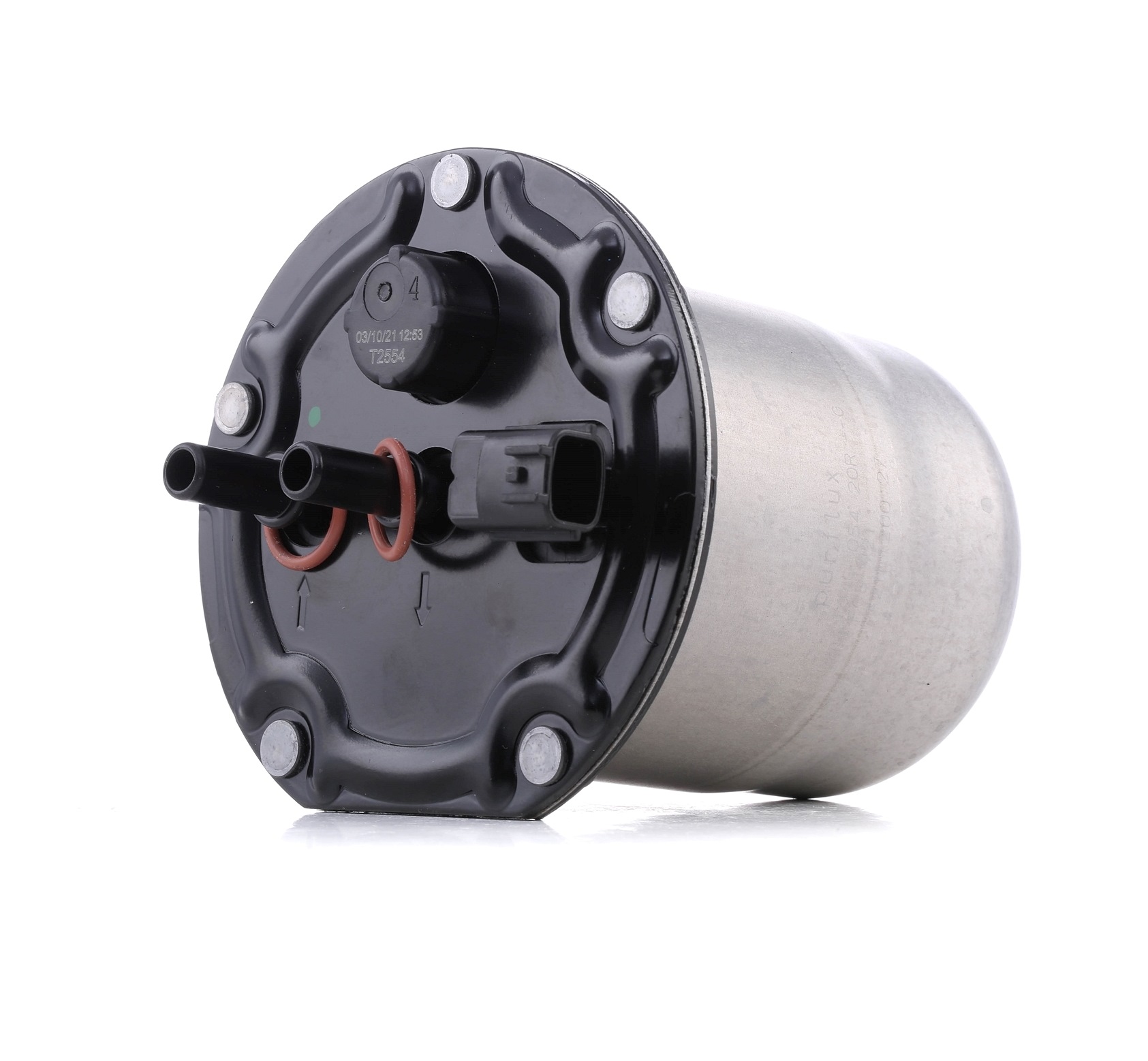Table of Contents
Renault Clio: ECU, clutch problems, and other faults
This popular supermini has been around for over 30 years and is still going strong. Over 15 millions units have been sold since its launch in 1990. The model has undergone many transformations over the decades, the latest being the introduction of petrol-electric hybrid power. As you’d expect, each upgrade comes with its own unique challenges. Whether you’re a proud owner of a Renault Clio or looking to buy a new or used car, this article will help you spot common faults that may crop up and find out how to fix them.
Common Renault Clio problems
- ECU problems
ECU problems have been frequently reported across the range of Renault Clios produced before 2015, among other electrical faults. For example, if the car engine splutters when idling, stalls, or fails to start, it could be due to a Renault Clio ECU malfunction. The control unit may need to be reprogrammed at your local dealership.
- Faulty boot lock mechanism
While this isn’t anything to be too concerned about, it can be quite a nuisance. Some Clio owners have reported that the car boot lock often gets stuck. The cause of this is usually a defective lock actuator. This issue can be resolved by replacing the faulty parts.

 PURFLUX Fuel filter
Filter Insert
PURFLUX Fuel filter
Filter Insert
 BOSCH Repair Kit, brake caliper
without piston
BOSCH Repair Kit, brake caliper
without piston
 DENSO Blower motor resistor
DENSO Blower motor resistor
 LIQUI MOLY Engine oil
5W-30, 5l
LIQUI MOLY Engine oil
5W-30, 5l
- Clutch problems
As with most car models, things can go wrong with the friction plate, pressure plate or clutch cable. One of the most common clutch related complaints from Renault Clio owners is that the clutch bites too hard. This usually means that the clutch pedal needs to be virtually fully decompressed for the clutch to engage. It can make it more difficult for the driver to control the vehicle. The cause of this lies in the tension of the cable and pedal. If the tension can’t be adjusted, the cable will need to be replaced.
- Throttle body fault
The Renault Clio throttle body can fail after a while as a result of faulty connections or dirt buildups. This will affect the engine’s overall performance and most likely send the car into limp mode. It may be possible to fix the fault by simply cleaning the body though, in some cases, a replacement is needed. The accelerator has been known to act up on some earlier models. A common culprit of poor acceleration is a bad throttle position sensor or connector.

- Problems with the gearbox
There have been reports of certain gearbox faults in vehicles built between November 2005 and May 2006. Sometimes automatic systems switch to manual mode or third gear without warning. If this occurs, it is recommended that you take the car to a mechanic or dealer as soon as possible.The automatic gearbox in later versions can also take a while to respond during hard acceleration.
 MOBIL Engine oil
10W-40, 4l, Part Synthetic Oil
MOBIL Engine oil
10W-40, 4l, Part Synthetic Oil


 VALEO Antifreeze
G12, yellow, 1l, Concentrate, Amine free-Phosphate free
VALEO Antifreeze
G12, yellow, 1l, Concentrate, Amine free-Phosphate free

- Issues with the timing chain
Models produced between 2013 and 2019 with a 1.2 petrol or 1.5 diesel engine use a timing chain rather than a v-belt. You should note that this part has to be replaced once every 5 years. If the motor is rattling when idling, the engine runs rough or won’t start, or you find metal shavings in the oil, it could be due to a worn Renault Clio timing chain.
- Alternator problems
For models built from 1996 to 200, Renault Clio alternator problems are commonly caused by unevenly tightened alternator brackets, fluid contamination and a loose or slipping drive belt.
- Brake problems
There have been two separate recalls over concerns about how the brake protectors were fitted. If fitted incorrectly, it could result in a brake fluid leak, negatively affecting the braking system’s performance. This issue might affect any Mk4 Clio built up until April 2015 if it has been left unresolved. A full service history is recommended for anyone buying a second-hand Clio. With earlier versions of the model (2002), there is a risk of brake servo assistance failure. This occurs due to the air pressure sensor being incorrectly positioned in the inlet manifold.
Check out the large selection of spare parts for the Renault Clio available in online catalogues.
Useful videos on this topic:
How to change timing belt kit and water pump on RENAULT CLIO 3
How to change pollen filter / cabin filter on RENAULT CLIO 2 (C65)
Top products related to this topic:










